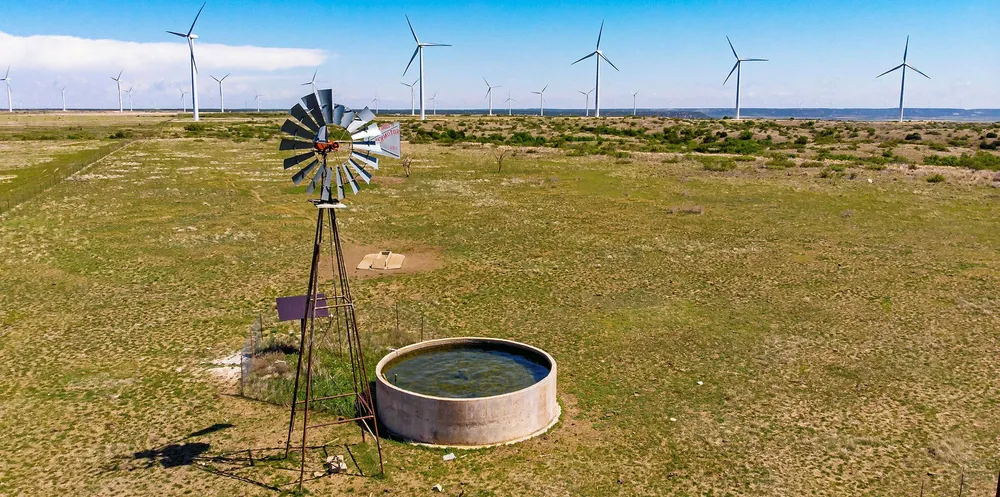Covid-defying construction campaign put US wind on pace for best-ever year: AWEA
Lower-50 states on track to set new national capacity addition record, with 6.3GW brought online so far in 2020, according to industry body figures

The US wind industry continued its torrid pace of construction with almost 2GW of installations in the third quarter despite Covid-related challenges and is on track to set a national record for new capacity this year, according to the American Wind Energy Association (AWEA) in its latest market analysis.
Green is the new black. Subscribe to Accelerate
Get the market insight you need into the global oil & gas industry's energy transition – from the new newsletter from Upstream and Recharge. Sign up here
Erection of 1.93GW of machines in the third quarter took total installations to 6.3GW, the most ever for a nine-month period, exceeding the previous high of 5.9GW in 2009 and up 72% from last year.
The industry record for new capacity additions is 13.3GW in 2012, as compared to 9.1GW last year. Historically, the fourth quarter is the busiest for the industry as developers push projects to completion to qualify them for the highest available levels of federal tax credits.
“This progress during the third quarter is a tremendous testament to the more than 120,000 wind workers in the US who are on the ground every day striving to bring more clean, affordable electricity to communities across America, even in the midst of a global pandemic,” said AWEA CEO Tom Kiernan.
Aside from more flexible tax credit qualification criteria this year from the US Treasury, market fundamentals and consumer demand continue to drive wind expansion despite a national economy struggling to recover from ongoing coronavirus impacts.
Wind is the most affordable source of new electricity in many parts of the country and residents, cities, and states are increasingly seeking clean energy alternatives to fossil fuels, according to the national trade group.
Some developers continue to report difficulty raising tax equity for their projects, as investors led by banks have become more cautious with capital allocations and investments until there is more visibility to project their taxable income.
This appears to be affecting mainly small- to medium-size developers as larger players such as NextEra Energy Resources are not reporting problems accessing the $14bn renewables tax equity market. Tax equity investment for wind totaled $8.5bn in 2019.
The industry has also done better than most others in the US in overcoming multiple supply chain challenges from Covid, which has enabled relatively steady production and delivery of components, and progress at construction sites.
There was also 43.6GW of wind power capacity in the near-term pipeline, including 24.4GW under construction and 19.2GW in advanced development.
Not surprisingly, Texas, the largest wind market in the western hemisphere, led all states with 5.3GW under construction, followed by Wyoming (4.3GW), although 3GW of this total is the Chokecherry and Sierra Madre project that is not due fully online until 2026.
Oklahoma had the most capacity in advanced development (1.8GW), followed by New York (1.4GW), Kansas (1.1GW) and Texas (1.05GW).
Long-term power purchase agreements remain the most popular offtake mechanism for wind energy, accounting for 55% of new wind power capacity commissioned through December. Corporate customers bought 52% (1.8GW) of newly operating wind capacity with PPAs in place, according to the report.
The number of PPAs has trended down this year compared to 2018-19 which AWEA attributed to Covid uncertainties.
(Copyright)